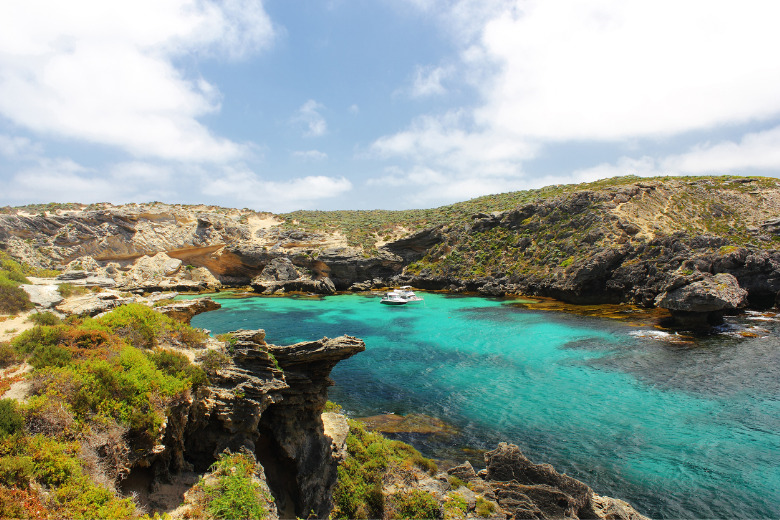
The Western Australian government is continuing its investment in Rottnest Island with a $62 million commitment from the upcoming 2022-23 State Budget.
The funding boost will see renewables power 75 per cent of the island’s energy needs and reduce the island’s reliance on fossil fuels.
This investment is an addition to the state government’s previous allocation of $31 million towards upgrades to Rottnest’s ageing water supply and road network.
The funding will go towards doubling the current solar generation capacity at the existing solar farm near the airport and replacing the existing wind turbine generator on Mount Herschel with two smaller contemporary units.
A utility-scale battery storage solution will also be installed and the power distribution network will be upgraded.
Network upgrades will facilitate the phasing out of liquefied petroleum gas appliances on the island and explore renewable sources of power for the island’s fleet of vehicles.
Commitment to green energy
The state government estimates that 4,000 tonnes of carbon emissions will be abated each year on the island through an increased commitment to green energy.
Rottnest Island is currently fully dependent on desalinated water and the state government says its investment in water infrastructure will increase the capacity of water production and reduce water loss.
Premier Mark McGowan said these infrastructure enhancements come at a “critical time”.
“The major reduction in emissions is a huge boost to efficiently running the island and in turn, benefits local businesses, operators and visitors,” he said in a statement.
First pumped-hydro microgrid for WA
Last month, the state government announced that it will be building the state’s first pumped-hydro microgrid at Walpole.
The 1.5 megawatt pumped hydro facility will use two farm dams to store 30 megawatt hours of energy, which will pump water uphill from one dam to another when renewables are abundant and energy is cheap.
During periods of high demand, the water will be released downhill through a generator to produce electricity and will supply power to the town in the event of an outage.
Energy Minister Bill Johnston said this project may be on a “smaller scale” but it will be used as a “template for other areas in the state”.
“Power outages in the town can be disruptive and improving reliability is a priority for Western Power,” he said in a statement.
The joint project from Western Power and Power Research and Development is expected to be fully operational in the second half of 2023.
Comment below to have your say on this story.
If you have a news story or tip-off, get in touch at editorial@governmentnews.com.au.
Sign up to the Government News newsletter